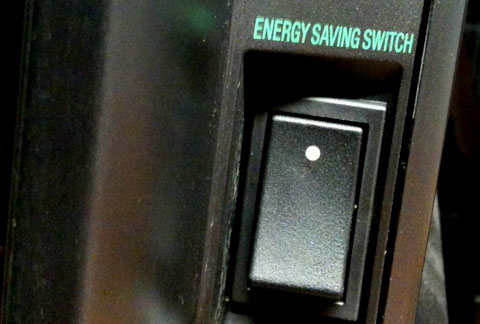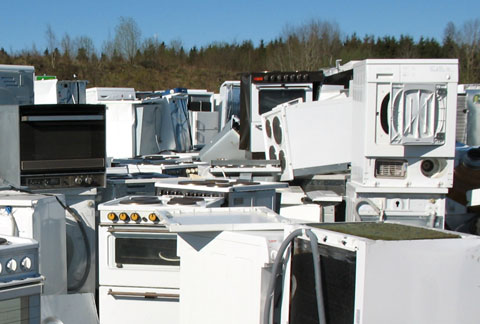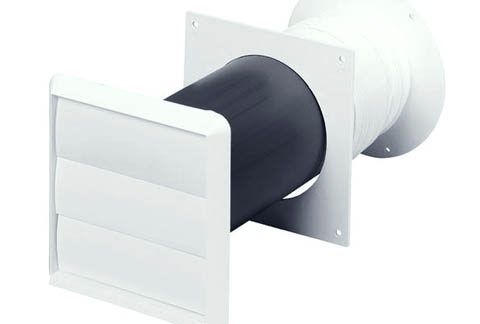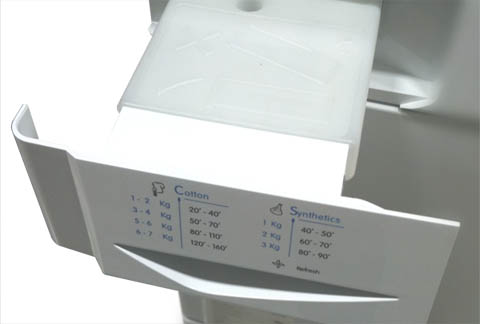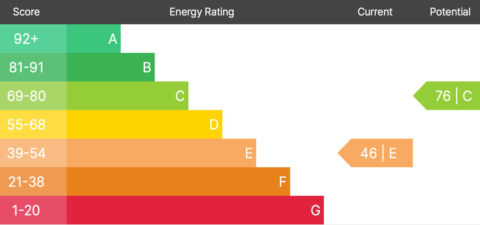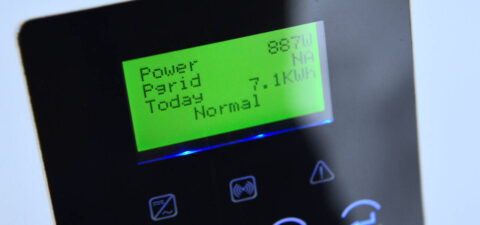It’s a minefield buying a new TV these days – LCD, Plasma, LED, screen size, surround sound… but has anyone noticed the new EU energy performance labels, similar to those found on washing machines and other ‘white’ goods? Probably not. Currently the scheme, introduced in December 2010, is only voluntary – mandatory labelling doesn’t come into force until November 2011. All new TV’s sold will then have to have an energy performance label and a rating from A to G. As a voluntary scheme it’s unlikely that the more energy hungry models will want to strut their stuff on energy usage. It is good news that energy labels are being introduced – sust-it has been comparing the energy usage and running costs of TVs, and it is amazing how products and brands differ. There is a whopping £164 per year in running costs between the most energy efficient 50″ plasma and the least. Over 5 years that’s a sizeable amount of money, not to mention the CO2 emissions. Look out for manufacturers and retailers trying to off load the more inefficient products before in-store customers start asking difficult questions!
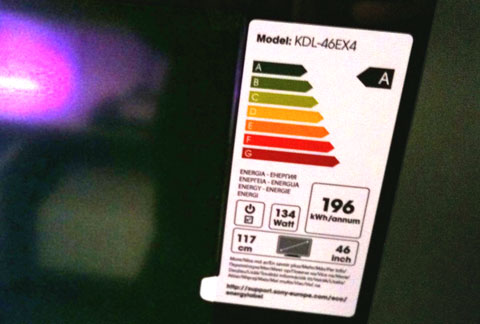
Energy labels appear on TVs


